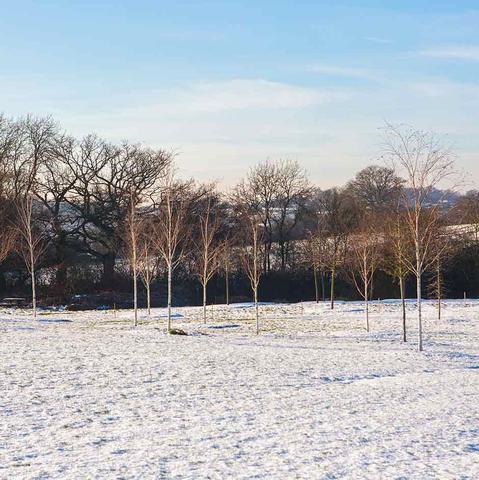Dear #rewilding / #permaculture / #smallholding / #tree planting people of the fediverse,
I'm looking for planting ideas for a field boundary windbreak, preferably fairly quick growing, ending up say 5-8m high or easily manageable to that height.
Exposed location - doing this because there is basically nothing between our kitchen garden/orchard trees and whatever weather comes up the Bristol Channel.
cont...

